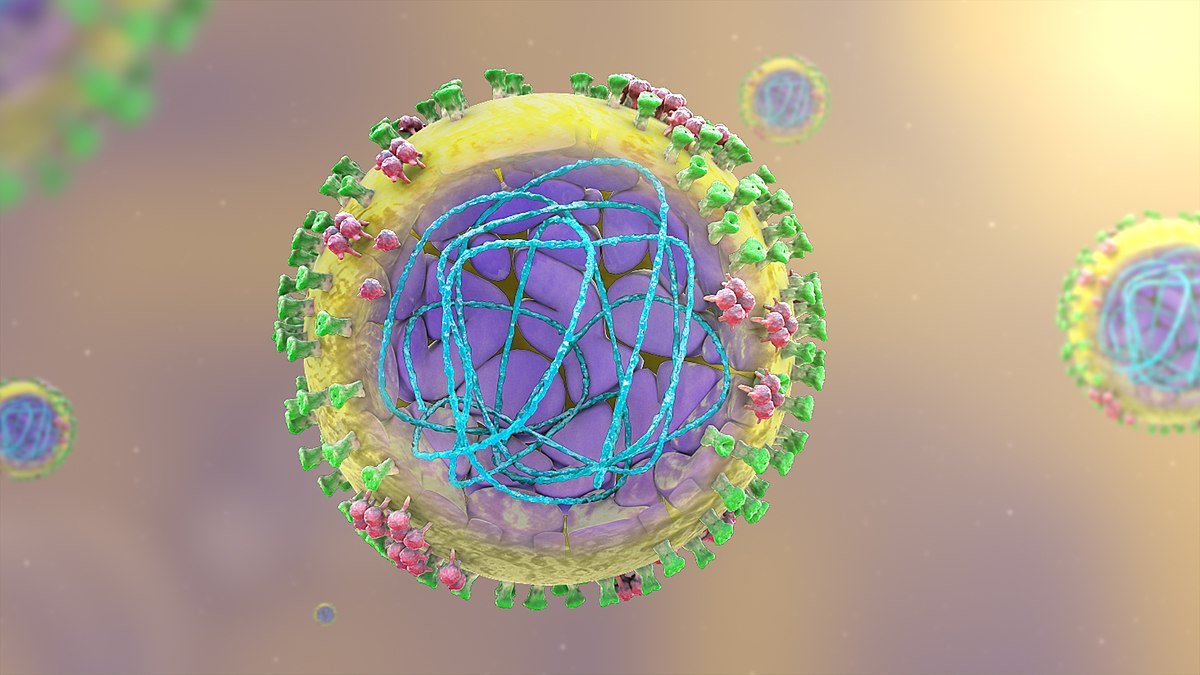H3N2 Virus: Hello, everyone! We’re going to talk about a H3N2 virus topic that affects many of us every year: the H3N2 virus. This subtype of the influenza A virus is responsible for a significant number of seasonal flu cases worldwide, and understanding its characteristics and effects is crucial for preventing and treating the illness. In this article, we’ll dive into what the H3N2 virus is, how it spreads, and what you can do to protect yourself and your loved ones from getting sick. So grab a cup of tea, sit back, and let’s learn more about this common but sometimes dangerous virus.
What is H3N2 Virus?

H3N2 is a subtype of the influenza A virus that can cause seasonal flu in humans. It is named after two proteins found on its surface, hemagglutinin (H) and neuraminidase (N), that are important for the virus’s ability to infect and spread between cells.
H3N2 first emerged in humans in the late 1960s and has since become a common cause of flu outbreaks worldwide. It is one of several subtypes of influenza A virus that circulate in humans and can cause illness each year, especially during the fall and winter months.
Know the Symptoms of H3N2 Virus

H3N2 virus can cause fever, cough, runny nose, body aches, nausea, vomiting, or diarrhea. These symptoms usually last for about a week, but some people may experience them for longer. If you have these symptoms, it’s important to take care of yourself and seek medical help if needed to prevent the virus from spreading to others.
Symptoms of H3N2 flu infection are similar to other types of flu and can include fever, cough, sore throat, muscle aches, and fatigue. In severe cases, it can lead to complications such as pneumonia, which can be life-threatening for vulnerable populations such as young children, the elderly, and people with weakened immune systems.
How to prevent H3N2 Virus? Follow Tips

Preventing the spread of H3N2 virus involves taking several measures to protect yourself and others from infection. Here are some key prevention tips:
- Get vaccinated: The flu vaccine is the most effective way to prevent H3N2 virus and other types of flu. It is recommended that everyone over the age of six months get vaccinated each year.
- Wash your hands: Frequent handwashing with soap and water or using an alcohol-based hand sanitizer can help prevent the spread of germs.
- Cover your mouth and nose: Use a tissue or your elbow to cover your mouth and nose when you cough or sneeze to avoid spreading germs.
- Avoid close contact with sick people: If possible, avoid close contact with people who are sick with flu-like symptoms.
- Stay home if you are sick: If you are sick, stay home to avoid spreading the virus to others.
- Practice good hygiene: Keep commonly touched surfaces clean and disinfected, and avoid touching your eyes, nose, and mouth.
By following these prevention tips, you can help reduce your risk of contracting the H3N2 virus and other types of flu, and help prevent the spread of illness to others.
The best way to prevent H3N2 flu infection is by getting vaccinated against the flu each year. The flu vaccine contains antigens that stimulate the immune system to recognize and fight off the virus, reducing the risk of infection and severe illness. Other preventative measures include washing hands frequently, avoiding close contact with sick people, and covering coughs and sneezes.
If you think you may have the flu, it is important to rest and stay hydrated, and to seek medical attention if symptoms are severe or if you are in a high-risk group. Antiviral medications may be prescribed by a healthcare provider to help shorten the duration and severity of illness, especially if started early in the course of infection.
Hope you liked the above information, follow the Facebook page to know new tips.
Like us on MahaNeo.Com – Facebook








